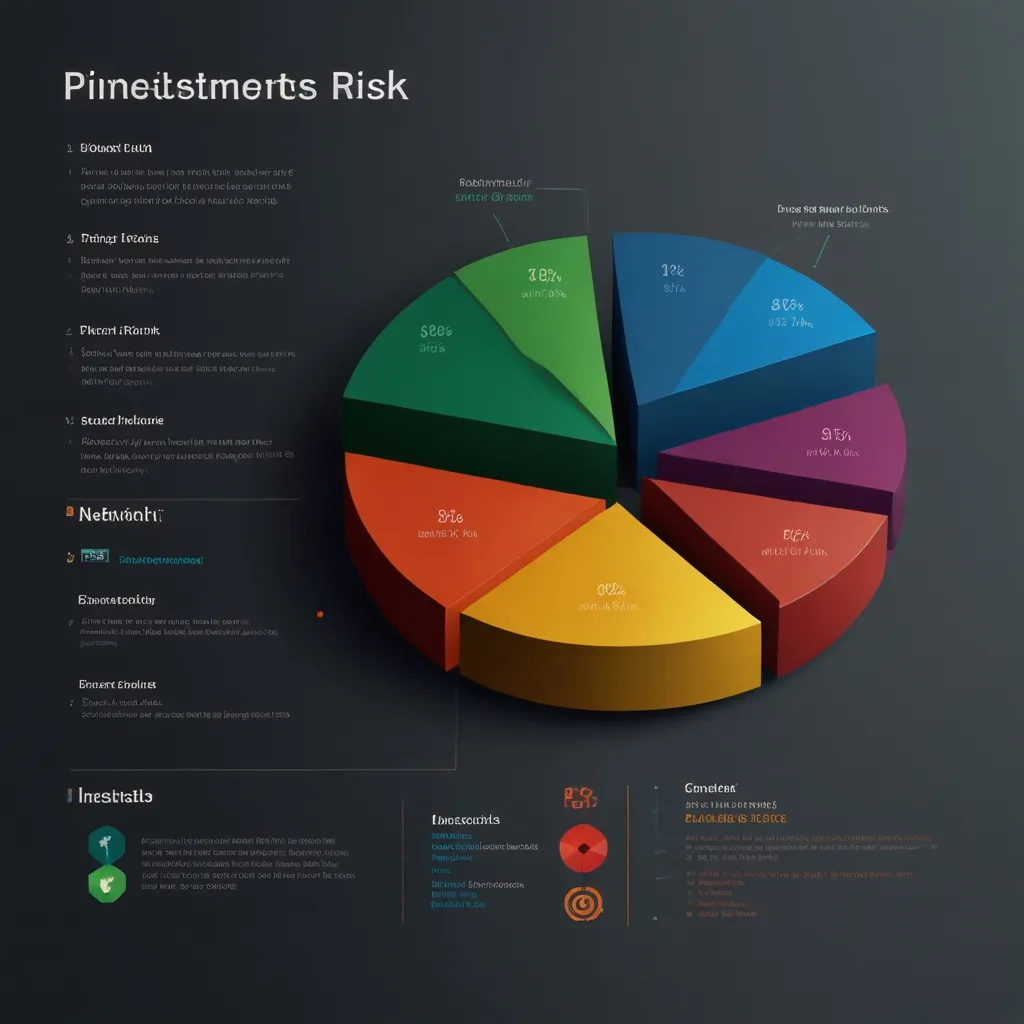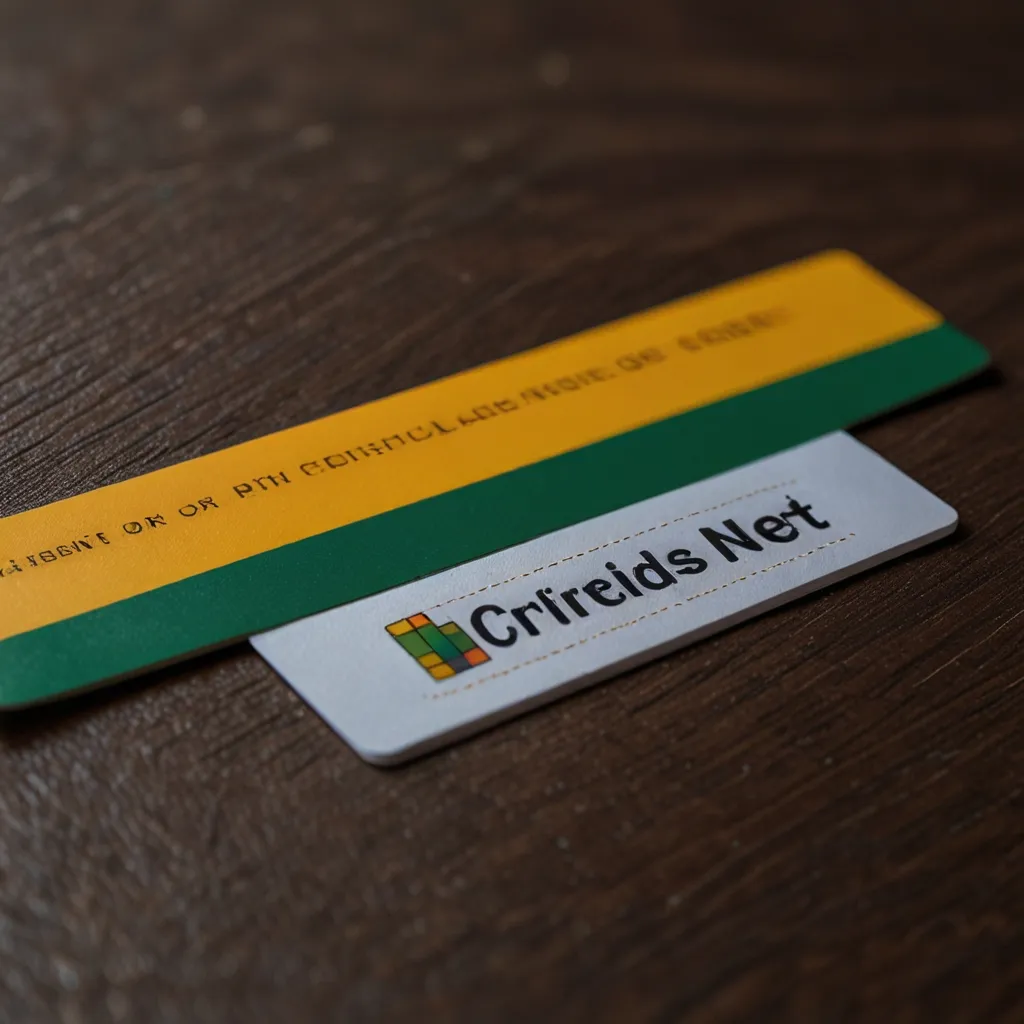Diversifying your investment portfolio is the ultimate game plan for managing risk while still eyeing those sweet returns. The principle is simple: don’t put all your money into one type of investment. Think about it—if you had every dollar thrown into tech stocks during the dot-com crash, you’d have kissed a good chunk of your money goodbye. But if you had portions of your cash packed into bonds, dipped into real estate, or scattered across different sectors, you’d probably come out much more stable.
Understanding Diversification
Diversification is your investment safety net. It’s what cushions you during those wild market roller coaster rides. Picture it like a seesaw: when one investment takes a nosedive, another might rise, creating a more balanced effect overall. This balancing act saves you from losing big if one particular investment tanks.
Diversifying Across Asset Classes
A surefire way to diversify is to spread your money across various asset classes. We’re talking about stocks, bonds, real estate, and even alternative investments like private equity or commodities. Stocks are your go-to for growth, but they can be risky. Bonds? Those are your stable friends but with lower returns. Real estate? It’s good protection against inflation. By mixing these, you shape a balanced portfolio.
For instance, if you’re leaning on the conservative side, maybe you’ll want to anchor 50% of your money in bonds and 30% in stocks. If you’re feeling bold and adventurous, you might flip those numbers. The real magic lies in finding a mix that gels with your risk tolerance and financial goals.
Investing in Index Funds
Index funds are the lazy person’s dream for diversification. These funds track market indices like the S&P 500, allowing you to own a slice of the entire market. You’re not just putting your chips on a few stocks, you’re spreading your bets across hundreds. Plus, index funds are usually cheaper than those actively managed ones because there’s no manager hand-picking stocks.
Diversifying Within Asset Classes
Diversifying isn’t just about different asset classes; it’s also about diversifying within each class. When it comes to stocks, you could have shares in tech, healthcare, energy, and consumer goods companies. Should tech stocks stumble, your healthcare stocks might keep things stable.
For bonds, a smart mix could be investment-grade and high-yield bonds. Investment-grade bonds are your mellow picks—stable but with lower returns. High-yield bonds are riskier but bring higher returns. By blending the two, you keep things interesting while balancing risk and reward.
International Diversification
Dipping your toes into international markets? Smart move. If your home country’s market is tanking, your international investments might shine. Emerging markets, in particular, can grow faster than the developed ones. But don’t forget, international investing has its quirks—currency fluctuations, different regulations, and whatnot.
Alternative Investments
Alternative investments like private equity or commodities add a whole different flavor to your portfolio. These often move independently of stocks and bonds, offering another layer of safety. Take gold, for example—its prices often go up when stocks go down, making it a nifty hedge against market downturns.
Regular Portfolio Reviews
Diversification isn’t a one-and-done deal. Regularly reviewing your portfolio to ensure it stays balanced is crucial. Over time, some investments might grow faster than others, meaning you’ll need to rebalance to maintain your desired risk level.
Let’s say you started with a 60% stocks and 40% bonds mix, but your stocks have shot up. You might need to sell some stocks and buy more bonds to keep your ratio right. This will help you avoid being overly exposed to just one type of investment.
Dollar-Cost Averaging
Ever heard of dollar-cost averaging? It’s a solid strategy where you invest a fixed amount at regular intervals, no matter what the market is doing. By doing this, you’ll buy more shares when prices are low and fewer when they’re high, which helps smooth out the market’s ups and downs.
Keeping an Eye on Fees
Fees can be sneaky drainers of your returns. Some funds slap on high fees for management, trading, and other services. The smart move? Go for low-cost index funds or ETFs, which generally come with lower fees compared to actively managed funds.
Staying Informed
Keeping tabs on your investments is a no-brainer. Staying updated with market news and economic trends can guide you in making better decisions. It’s not about jumping at every market ripple but making informed choices based on your long-term goals.
In a nutshell, diversifying your investment portfolio is non-negotiable for managing risk and juicing up your returns. Spread your money across different asset classes, sectors, and even geographic regions to build a robust portfolio that can weather market storms. Throwing in regular reviews, dollar-cost averaging, and keeping an eye on those pesky fees are key to maintaining a well-diversified portfolio. So, don’t bet the farm on one investment—spread your eggs across multiple baskets and watch your investments grow more steadily.






